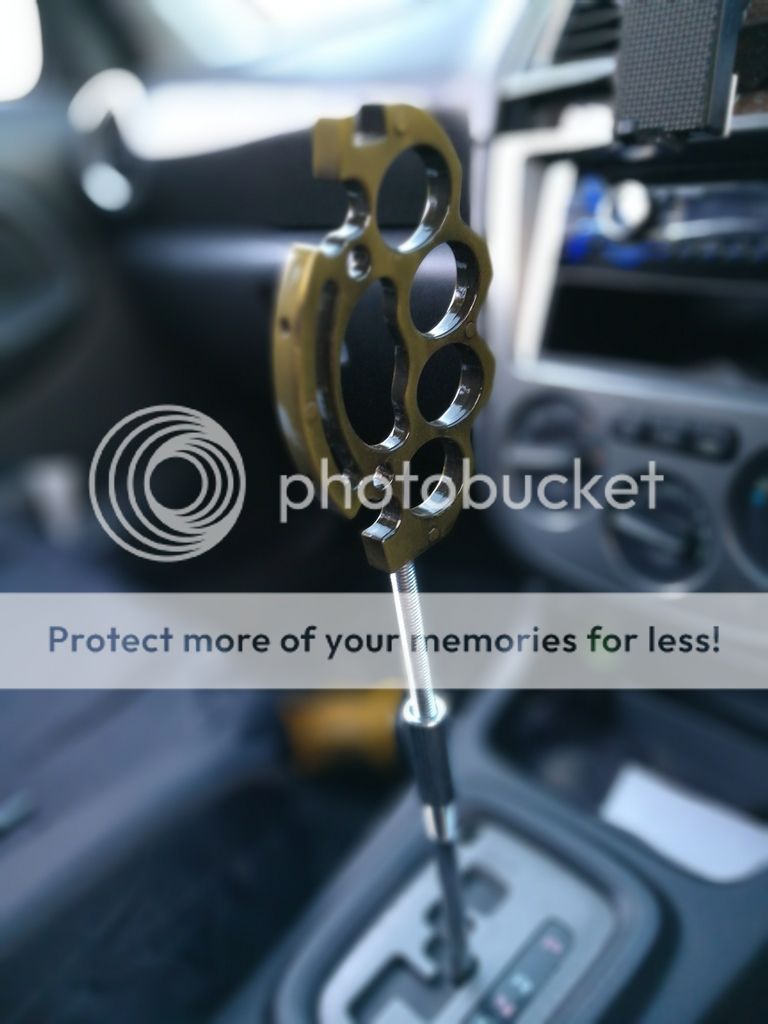Checked mine and it's about the same delay from N to D. Remembering of course that the selector is electronic rather than having steel cables and/or direct gearbox links. Not a bad idea to do a stall test if you suspect there is an issue:
2. TEST METHODS
1) Preparations before the test:
(1) Check that the throttle valve opens fully.
(2) Check that the engine oil level is correct.
(3) Check that the coolant level is correct.
(4) Check that the ATF level is correct.
(5) Check that the differential gear oil level is correct.
(6) Increase ATF temperature to 50 to 80°C (122 to 176°F) by idling the engine for approx. 30 minutes (with select lever set to “N” or “P”).
2) Place the wheel chocks at the front and rear of all wheels and engage the parking brake.
3) Move the manual linkage to ensure it operates properly, and shift the select lever to the “2” range.
And turn the hold switch on.
4) While forcibly depressing the foot brake pedal, gradually depress the accelerator pedal until the engine operates at full throttle.
5) When the engine speed is stabilized, record that speed (RPM) quickly and release the accelerator pedal.
6) Shift the select lever to “N” range, and cool down the engine by idling it for more than one minute.
7) If the stall speed in “2” range is higher than specifications, low clutch slipping and 2-4 brake slipping may occur. To identify it, conduct the same test as
above in “R” range.
8) Perform the stall tests with the select lever in “D” range.
NOTE:
• Do not continue the stall test for MORE THAN 5 SECONDS at a time (from closed throttle, fully open throttle to stall speed reading). Failure to follow
this instruction causes the engine oil and ATF to deteriorate and the clutch and brake to be adversely affected.
Be sure to cool down the engine for at least 1 minute after each stall test with the select lever set in the “P” or “N” range and with the idle speed lower than 1,200 rpm.
• If the stall speed is higher than the specified range, attempt to finish the stall test in as short a time as possible, in order to prevent the automatic transmission from sustaining damage.
Stall speed (at sea level):
2.0 L Non-turbo model 2,000 — 2,500 rpm
2.0 L Turbo model 2,600 — 3,300 rpm
2.5 L model 2,100 — 2,600 rpm


